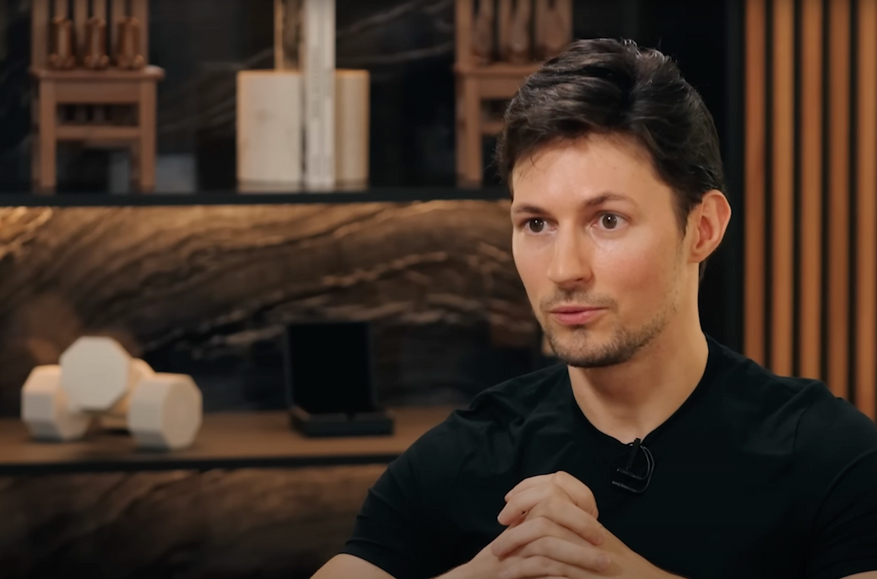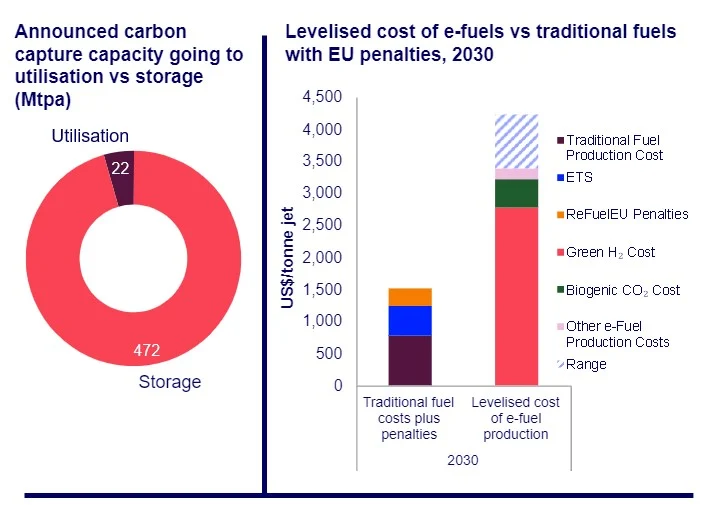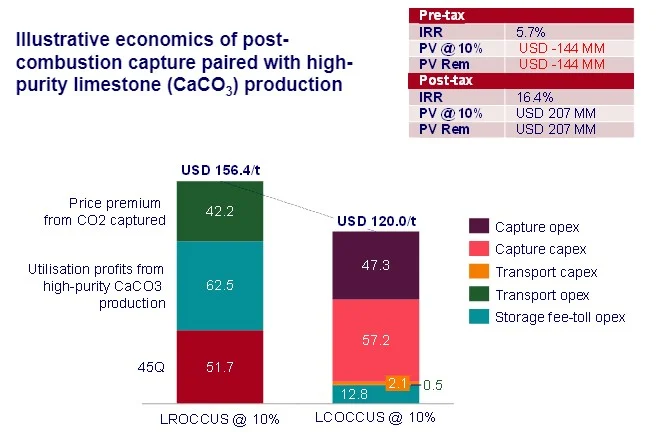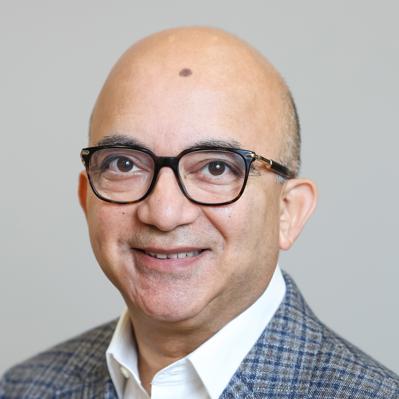The detention of Telegram’s founder has highlighted the messaging app’s outsize status in Europe’s deadliest war since World War II.

By Anatoly Kurmanaev
Reporting from Berlin
Aug. 26, 2024
The detention of Pavel Durov, the founder of the Telegram messaging app, in Paris on Saturday has raised questions about the future of a platform that has come to define the public perception of Russia’s war in Ukraine.
Russia’s invasion in 2022 helped transform Telegram from a niche communication tool for Russia’s educated classes into a global phenomenon. The app has allowed millions of people to follow battlefield developments in near real time, turned soldiers into the narrators of the conflict unfolding around them and gave both propagandists and dissidents a pulpit in the struggle for the hearts and minds of those monitoring the war.
Telegram was founded by Mr. Durov with his brother in 2013. Mr. Durov, a Russian-born French citizen, was arrested in connection with an investigation opened last month into criminal activity on the app and a lack of cooperation with law enforcement, French prosecutors said.
One in two Russian citizens use Telegram today, either to obtain information or to communicate with others, up from about 38 percent at the start of the war, according to the Levada Center, an independent Russian pollster.
Many Russians turned to the messaging app for news about the war after the Kremlin banned most other major Western social media platforms in the country, including Facebook and Instagram. The government has also shuttered the few independent newspapers, websites, and radio and television stations, and jailed hundreds of people for questioning the official narrative of the war.
About one in four Russians each day read Telegram’s public message boards, called channels, which provide a more unvarnished view of the war, according to a poll conducted by Levada in April. Five years ago, that figure was a mere 1 percent.
Others are drawn to the app’s strong encryption and privacy settings, which make it an attractive means of communicating sensitive information at a time of escalating censorship and repression in Russia.
The combination of Telegram’s large audience and the platform’s perceived security have made it a favorite communication tool in Russia for champions of the invasion and opponents alike.
Independent journalists now in exile have used the app to continue covering the war and informing the Russian audience about its toll. Previously obscure military buffs and satellite data analysts amassed millions of followers on Telegram after the invasion, becoming vital arbiters of opinion on the course of the war. Volunteers have used the app to raise donations for the troops and to help evacuate civilians caught in the fighting.
Telegram has also become a prominent source of war information in Ukraine. Many in the country, for example, turn to Telegram for air raid alerts, which are considered to be faster than the official government app.

But perhaps most tellingly, frontline soldiers have turned to Telegram to document their lives and deaths, changing the very nature of how information spreads in wartime. Telegram’s lack of restrictions on violent content means the app has become a portal for some of the most gruesome combat videos, exposing the reality of a 21st century war where drones and body cameras have created an unmatched amount of real-time footage.
Russian soldiers also regularly use Telegram to communicate military information with each other, highlighting how the war in Ukraine has been fought by a combination of military and commercial technologies, which also include hobby drones and Starlink routers.
“To date, Telegram has become perhaps the main means of units’ command and control” a pro-war collective of Russian military analysts, known as Rybar, wrote on Telegram after Mr. Durov’s detention.
Rybar added that Mr. Durov’s detention has exposed Russia’s need to develop more secure channels of military communications.
Telegram’s power to shape the narrative of the war became clear in the summer of 2023, when the Russian warlord Yevgeny V. Prigozhin used the messaging app to announce — and then narrate — his short-lived rebellion against the Russian military command. Millions in Russia and abroad watched on Telegram images and videos of Mr. Prigozhin’s armored columns move toward Moscow as the country’s television channels played their usual entertainment programs.

Mr. Durov’s detention is now threatening Telegram’s status as the dominant medium chronicling the war.
Some analysts said his detention could complicate the company’s fund-raising, stirring doubts about its future financial viability. Others have expressed concerns about the sustainability of Telegram privacy protections after the French media reported that the country’s law enforcement agents are seeking access to the database of private chats on the app.
A Russian Telegram channel close to the country’s intelligence agencies, called Baza, reported on Monday that the country’s security officials have received a directive to delete the app from their phones.
“Everyone who got accustomed to using Telegram for sensitive conversations and chats must immediately delete them, and don’t do it in the future,” Margarita Simonyan, a Russian state media executive and prominent propagandist, wrote on Telegram on Sunday.
The Russian government has tried to get people off Telegram before, partly out of fear of providing the company run by Mr. Durov with sensitive national security information. But a 2018 effort to block access to the app proved largely futile, and the government abandoned those efforts two years later.
Since then, Telegram has become the main channel for Russian government announcements.
Andrew E. Kramer and Marc Santora contributed reporting.
Anatoly Kurmanaev covers Russia and its transformation following the invasion of Ukraine. More about Anatoly Kurmanaev\
See more on: Russia-Ukraine War, Pavel Durov
Although Durov publicly distances himself from Moscow, his platform has become vital for Russian army coordination in Ukraine.

Telegram is the primary vehicle for pro-war military bloggers and media — as well as millions of ordinary Russians.
August 26, 2024
By Veronika Melkozerova
KYIV — French authorities detained Pavel Durov on allegations that his Telegram social media platform was being used for child pornography, drug trafficking and organized crime — but the immediate freakout came from Russia.
That's because Telegram is widely used by the Russian military for battlefield communications thanks to problems with rolling out its own secure comms system. It's also the primary vehicle for pro-war military bloggers and media — as well as millions of ordinary Russians.
“They practically detained the head of communication of the Russian army,” Russian military blogger channel Povernutie na Z Voine said in a Telegram statement.
The blog site Dva Mayora said that Russian specialists are working on an alternative to Telegram, but that the Russian army's Main Communications Directorate has "not shown any real interest" in getting such a system to Russian troops. The site said Durov's arrest may actually speed up the development of an independent comms system.
Alarmed Russian policymakers are calling for Durov's release.
“[Durov’s] arrest may have political grounds and be a tool for gaining access to the personal information of Telegram users," the Deputy Speaker of the Russian Duma Vladislav Davankov said in a Telegram statement. "This cannot be allowed. If the French authorities refuse to release Pavel Durov from custody, I propose making every effort to move him to the UAE or the Russian Federation. With his consent, of course."
Their worry is that Durov may hand over encryption keys to the French authorities, allowing access to the platform and any communications that users thought was encrypted.
French President Emmanuel Macron said Monday that the arrest of Durov was "in no way a political decision."
The Russian embassy has demanded that it get access to Durov, but the Kremlin has so far not issued a statement on the arrest.
"Before saying anything, we should wait for the situation to become clearer," said Kremlin spokesperson Dmitry Peskov.
However, officials and law enforcement agencies were instructed to clear all their communication from Telegram, the pro-Kremlin channel Baza reported.
"Everyone who is used to using the platform for sensitive conversations/conversations should delete those conversations right now and not do it again," Kremlin propagandist Margarita Simonyan said in a Telegram post. "Durov has been shut down to get the keys. And he's going to give them."
Telegram's dark side
Telegram's lack of moderation has made it a haven for illicit gun and drug trafficking in the West, and a tool of communication, recruitment of saboteurs and propaganda in the East, Nazar Tokar, head of Kremlingram, an investigative group of activists studying Telegram’s security and its potential ties to the Kremlin, told POLITICO.
“Russians do everything via Telegram. They are recruiting agents and people for counter-activities. Today in Ukraine, a popular campaign is to recruit people who would burn Ukrainian military cars. And it is quite successful. They coordinate their military efforts using it,” Tokar said.
Telegram denied accusations that it was allowing dangerous content, saying it abides by EU laws, including the Digital Services Act. It insisted its moderation meets industry standards and is constantly improving.
Tokar argues that Telegram has become so popular not just because it is convenient and fast, as well as having its own cryptocurrency and many free functions, but because it allows access to a seamy underworld of illicit activities.
“You just install the free app and get easy access to buying guns, drugs, explicit and violent content ... anything. It is all available simply by searching. And this is not so easily available anywhere in other messengers,” Tokar said.
Despite the platform being used by the Russian military, Telegram denies any ties to the Russian government, adding that it is “essential for freedom of speech.”
While the Kremlin has clamped down on most other social media platforms, Telegram has not been banned or limited, Tokar said. That's despite Durov saying he fled Russia in 2014 after the Kremlin demanded access to data on his previous social media company Vkontakte about Ukrainian pro-democracy protesters who took part in the country's 2014 revolution.
Ukraine's military largely uses the Signal platform for its communications, but most government agencies, including the president's office, have Telegram channels. It is also widely used for personal messages and blogs by Ukrainian soldiers and civilians.
Durov's arrest has revived a heated discussion in Ukraine about whether Kyiv should ban the platform, Tokar said.
But Telegram is much more important to Russia than to Ukraine.
“I think that the Russians are panicking because they are trying to predict possible outcomes for their essential communications tool and are trying to protect themselves and remove information from there. But everything will depend on the French government and the courts — whether they will imprison Durov, or come to an agreement and release him and he in return will provide them with some information — we do not know yet,” Tokar said.











